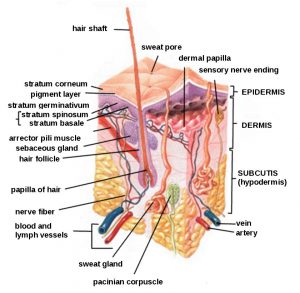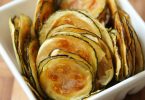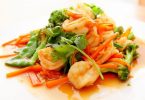 Your skin actually contains 3 different layers. The epidermis, dermis and subcutaneous (fat) layer. Each skin layer serves a different function.
Your skin actually contains 3 different layers. The epidermis, dermis and subcutaneous (fat) layer. Each skin layer serves a different function.
The epidermis: its’ main function is to act as a physical barrier to germs, falls, etc … make new skin cells and melanin (provides skin color and helps to protect against sun burns).
The dermis: is sandwiched between the other skin layers and contains collagen, elastin, oil and sweat glands, blood vessels and nerve endings. The dermis contains nerve endings in order to feel pain, blood vessels bring nutrients and oxygen to the skin, oil glands keep the skin moist, and sweat glands help regulate body temperature. It also contains collagen contributing to firm wrinkle free skin and elastin keeping skin flexible and soft looking.
The subcutaneaous layer: is the most inner layer of skin. It holds the root of the hair follicle and contains fat (subcutaneous fat) that is important to maintaining warmth when it’s cold and acts as padding to protect organs.
Which Nutrients Keep Your Skin Healthy?
- Vitamins A, B, C, E, lutein and zinc to increase elastin (gives skin strength and flexibility and wards off wrinkles) and may even help to reverse sun damage. Foods that help increase elastin include dark green leafy vegetables, cantaloupe, grapefruit and other citrus fruits, carrots, fish, dairy and meat.
- Protein, anthocyanins, catechins, copper, vitamins A and C, iron, sulfur/glutathione and zinc build collagen and stave off sagging skin and wrinkles. Good sources of foods containing these nutrients are: egg yolks, fish, garlic, nuts/seeds, berries, Brussels sprouts and green tea.
- Vitamin D levels should be measured, in a study conducted by the Johnson and Johnson Skin Research Center, low levels were found to be connected with having dry skin, http://www.lef.org/news/LefDailyNews.htm?NewsID=17966&Section=VITAMINS. Food sources include salmon, tuna, cod liver oil, mackerel and shiitake mushrooms.
- Vit. E (alpha tocopherol) an antioxidant helps maintain skin cell integrity and health. Sunflower seeds, almonds, spinach and kale contain this important vitamin.
- Silica is involved with the formation of hyaluronic acid and collagen, contributing to plump smooth skin. The best source of silica is from the herb, horsetail. Other herbs such as alfalfa, red raspberry, dandelion and stinging nettle also contain silica. Fruits and veggies contain this trace mineral but it is mostly within the skin of the plant and you can find it in oats, millet and barley too.
- Omega 3’s work to maintain moisture and the balance of natural oils in the skin. Salmon, sardines, grass fed beef, walnuts, flaxseed all contain omega 3 fatty acids.
Caring for your skin is just as important as caring for any other part of your body.
Cover all your bases by eating a variety of foods that contain each of these nutrients and you’ll have all 3 layers of your skin covered. Minimize the environmental effects of the summer and fight aging skin by using foods and nutrients as a skin “cocktail” to hydrate and strengthen along with your daily moisturizing routine to keep you looking younger longer.






